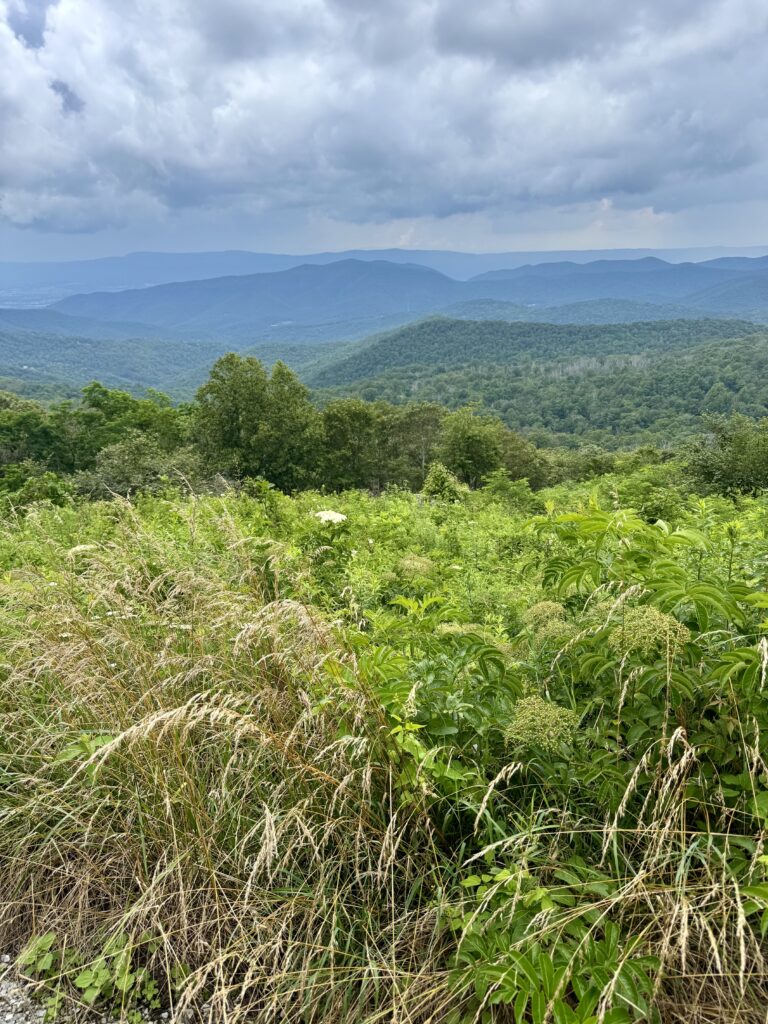
Traversing through Virginia’s Shenandoah National Park’s scenic drive, the Skyline Drive meanders through forests and fields of wildflowers for a total of 105 miles, stretching the length of the park’s northern and southern points.

Around mile marker 32 is the iconic Mary’s Rock Tunnel, an engineering marvel back in 1932. At that time, when the country was struggling through the Great Depression, men eager for dignity and work flocked to the area to become part of the Civilian Conservation Corps or better known as “the boys” from the CCC.
They blasted and dug the slopes of the mountain for three months to create the 670-foot, 12 ft 8-inch high, two-lane tunnel. Accommodating the country’s new fascination with the automobile, the tunnel and Skyline Drive provided access for all those who wished to escape to the mountains for rest, relaxation, and inspiration.
The designation of National Park status came a few years later, in 1935. Shenandoah also became the first National Park to reach the one million visitor mark, far out-pacing it’s western counterparts like Yellowstone and the Grand Canyon.
The Blue Ridge Mountains, part of the Appalachian Mountain Range, extends from southern Pennsylvania through Maryland, West Virginia, Virginia, North and South Carolina, Tennessee, and Georgia.
It is at the southern end of Skyline Drive where it joins the Blue Ridge Parkway for another 469 miles to the Great Smokey Mountains National Park.
The Shenandoah National Park offers hiking, biking, picnicking, camping, abundant wildlife, and history, as well as a unique driving experience. It is a quiet park, an east park to access and traverse, and offers the most serene vistas of these blue-colored mountain tops, second only to The Great Smokey Mountains.

One of the more fascinating tidbits of history that I learned while touring the park’s museum was how the state of Virginia (and our Federal government) displaced over 500 families or “mountain dwellers” in order to carve out the park from these scattered tracts of land across the Blue Ridge Mountains of Virgina. The state acquired their privately owned land and ancestral homes using the power of eminent domain.
These actions forever changed not only the landscape of the mountain but the way of life for the people who had called these mountains home for generations. Remnants of some old homesteads remain in the park, a reminder of how life used to be.
Change is always a good thing, an inevitable thing, but sometimes, in an effort to create something new, I think people sometimes dismiss the past too easily.
We are only on our path today because someone else walked the path before us.

